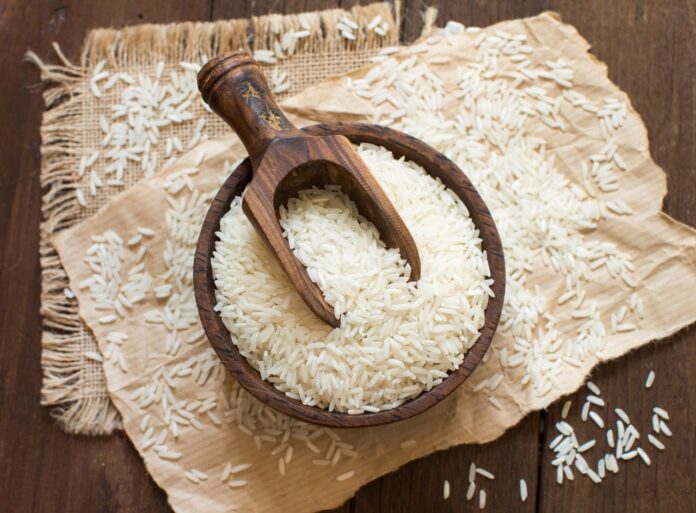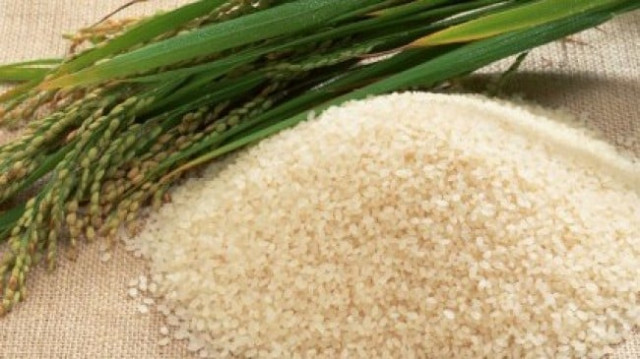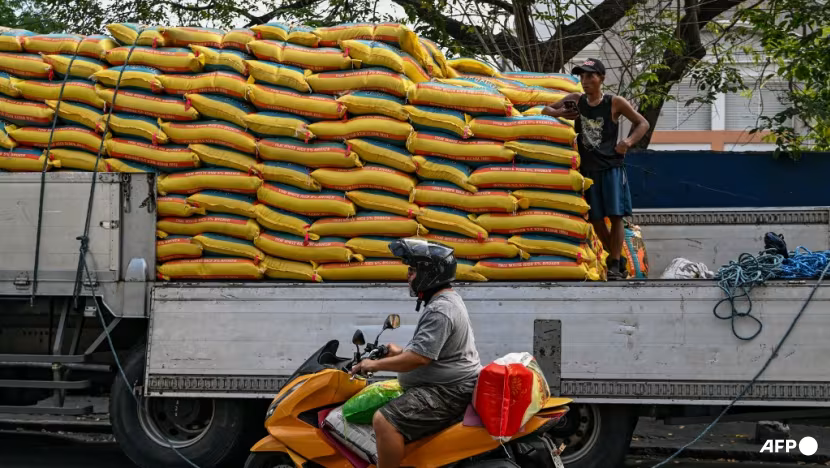Tags
As wheat sowing picks pace, Punjab farmers race against time to harvest remaining paddy
Wheat-sowing began on November 1, and ideally it should get over by November 15 to get a good yield. This year, approximately 32 lakh hectares was under rice crop, including nearly 6 lakh hectares under basmati.

Experts fear spurt in farm fires as 35% of paddy harvesting is still left
With wheat-sowing already started but some 35% (on average) of paddy harvesting yet to be done in the state coupled with the menace of stubble burning rearing its ugly head again, the farmers are racing against time to harvest paddy on an astonishing over 10 lakh hectares of land even as government officials are pulling out all the stops to keep farm fires at bay.
Wheat-sowing began on November 1, and ideally it should get over by November 15 to get a good yield. This year, approximately 32 lakh hectares was under rice crop, including nearly 6 lakh hectares under basmati. Compared to last year, the state has harvested 15% less paddy this year to date, according to data from Punjab Agriculture department.
Experts say that delayed paddy harvesting in some districts implies that farmers selected long-duration varieties in those areas due to their high yield tendency over short-duration varieties. According to the Punjab Agriculture Department’s field reports, in Sangrur, where the paddy crop cultivation is the highest (2.91 lakh hectares), only 50% of harvesting has taken place to date.
In Ludhiana, out of 2.56 lakh hectares under rice crop, 40% of harvesting is yet to be done. Similarly, in Bathinda and Patiala, out of 2.32 lakh hectares each, 60% and 30% of the area, respectively, is yet to be harvested. In Muktsar Sahib, 1.97 lakh hectares is under paddy cultivation, but 40% of the crop is still standing in the fields. In Ferozepur and Gurdaspur, with 1.82 lakh hectares each under rice crop, 40% and 25% of the harvesting, respectively, is yet to be done.
In Moga, out of 1.81 lakh hectares, over 60% of the area is still awaiting harvesting. In Amritsar and Jalandhar, out of 1.78 lakh hectares and 1.75 lakh hectares under paddy crop, respectively, harvesting on 30% of the area (in both places) is still remaining. In Tarn Taran, out of 1.70 lakh hectares, harvesting on 15% is left now. In Faridkot, out of 1.14 lakh hectares, 45% of the area is still left for harvesting. In Mansa and Barnala, 50% and 65% of harvesting is left out of 1.47 lakh hectares and 1.15 lakh hectares, respectively, under paddy crop. Last year, around 20% (6 lakh hectares) of paddy crop was left unharvested by November 4, but this year, it’s over 35%, according to the Agriculture department data.
Talking to The Indian Express, Dr Amrik Singh, District Training Officer, Punjab Agriculture department, Gurdaspur, said that now the long-duration paddy varieties and basmati varieties are left to be harvested, while a little portion of the short-duration varieties too are left to be cut and collected from the fields in areas where late sowing was done due to July floods in the state, as nearly 86,000 hectares was replanted where the paddy crop got damaged due to the deluge.
Speaking to The Indian Express, Dr Sutantra Kumar Airi, former Director, Punjab Agriculture department, said wheat-sowing began on November 1, and it is recommended to complete it by November 15 to get a good yield because delayed sowing adversely affects the output. He said that now with paddy harvesting getting delayed and with very little time left for wheat-sowing, the fear of stubble burning, which initially witnessed a dip compared to previous years, is increasing, and it is keeping the officials on their toes to prevent farmers from burning the paddy straw as much as possible.
The inclement weather at the beginning of paddy harvesting in the state and in between led to delay in harvesting the crop this year. According to the Agriculture department sources, in districts where 35% to 50% harvesting is still left, it means that such districts have gone for long-duration varieties of paddy which take around 160 days to ripen, including a 30-day nursery period.
Districts like Barnala, Sangrur, Faridkot, Muktsar Sahib, Moga, Ludhiana, Mansa, Bathinda, Patiala, and Fazilka dedicate a huge area under long-duration varieties like PUSA-44, Peeli PUSA Dogar Pusa.
Speaking to The Indian Express, Dr Jaswant Singh Brar, Director, Punjab Agriculture department, said they are in the fields day and night to keep a tab on stubble burning, especially when farmers are left with very little time to manage the crop residue in the light of the November 15 wheat-sowing deadline.
Punjab has reported a total of 14,173 farm fires till date. As farmers are currently busy in harvesting, there is a fear the stubble burning cases might increase in the coming week when they will prepare the fields for wheat-sowing after paddy harvesting.
https://indianexpress.com/article/cities/chandigarh/wheat-sowing-punjab-farmers-harvest-paddy-9013851/Published Date: November 5, 2023






